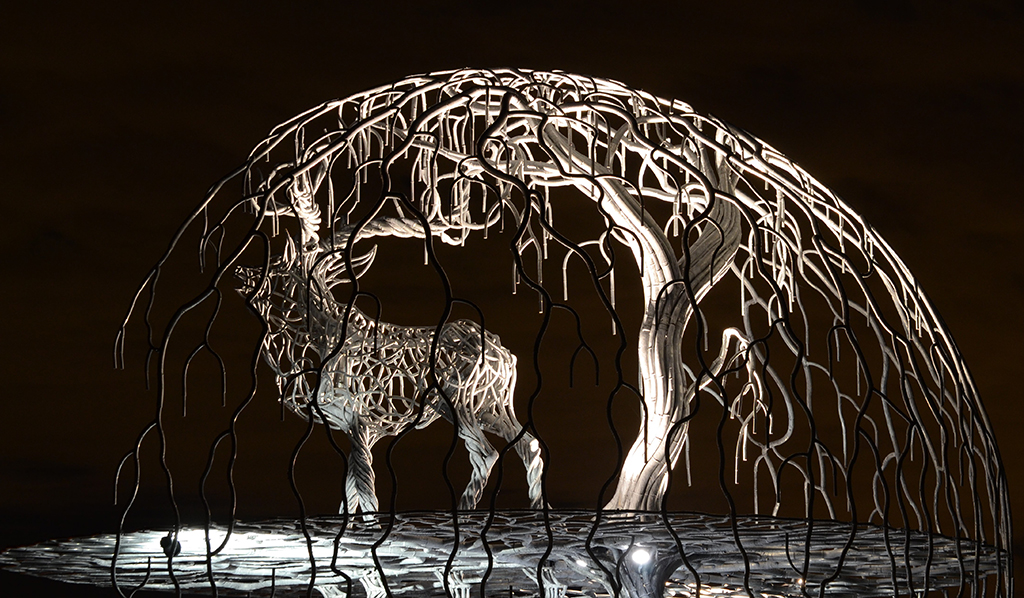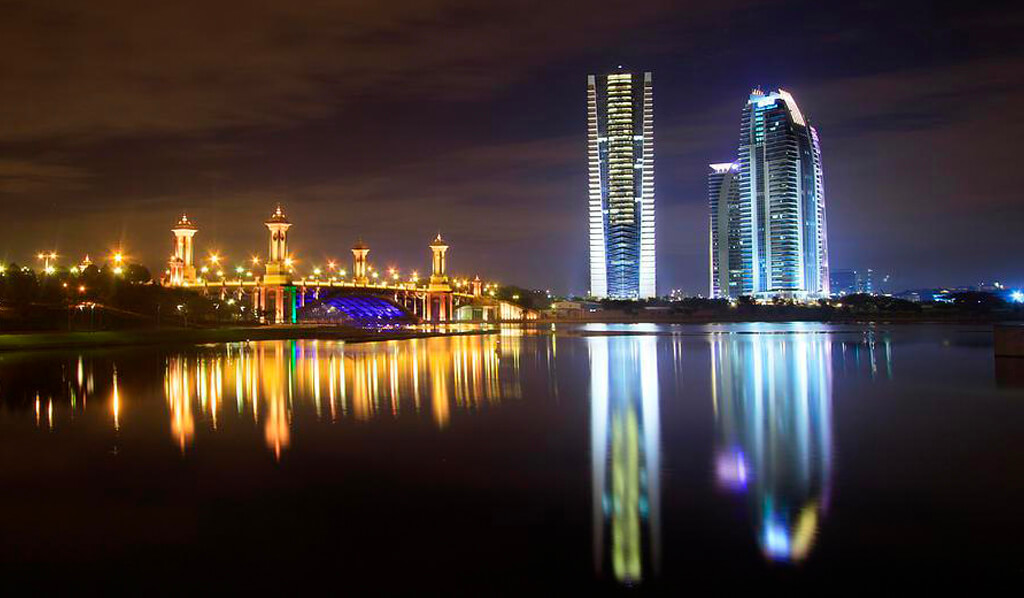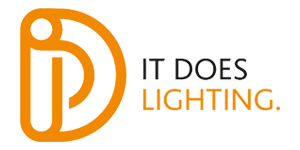How to become a lighting designer
When speaking to lighting people, you often find that they ‘fall’ into the lighting world. In reality, there are many routes into the industry, and everyone has a unique story to tell – so how to become a lighting designer.
We thought it would be interesting to follow our founder, Lorraine Calcott’s journey to where we are today.

How to become a lighting designer – The start
It all started at Thorn lighting in Romford, working with the great Clive Roach, who now works as Signify’s social media guru – the best boss ever! I started on a Youth Training Scheme in 1984, and I loved it from day one. After a while, we parted ways, and I went off and ran three different companies of my own and did a variety of jobs before I returned. At 16, I was already self-employed – how scary is that, but it just seemed natural to me.
Five years later, I was back temping at Thorn until I was re-hired in the same department. Here I worked with some of the best in lighting, including my mentor Clive Roach who remains a friend to this day, Maria Trezzi, Pat Holly, Noel Whiffin, Keith Molineux, the late Peter Denny, and Lou Bedocs, and a whole host of other industry greats.
An invaluable tool in my training was the actual hands-on trials we conducted. I spent many a happy evening with the team in the warehouse, Clive showing us what different luminaire distributions looked like. Nothing beats that kind of experience to really understand what works and what doesn’t; computers just don’t give you the real effect.
Back then, we worked on a drawing board doing designs by hand, again a great way to learn and only limited computer use. I had to use algebra and do hand calculations the long way, no mean feat for interior reflection calculations. They still fill me with dread now. I learned the exciting differences between interior and exterior lighting design and took my industry qualifications. I literally learned every type of lighting design there was to do, such a fantastic breadth of knowledge. I am eternally grateful for that, as it helps me understand projects from every angle.
How to become a lighting designer – The in-between years
After about six years, I ventured out into the wider lighting world and started to work within sales and design for some of the best manufacturers, including Trilux and Louis Poulson. I finally ended up at Philips after returning from Scotland. Here I took on City Beautification Sales and developed a European training programme for the teams. I also worked within street lighting under David Greaves and subsequently Paul Coggins. There were very few women in street lighting at that time (still is, unfortunately), so it was an exciting role to be in and ground-breaking in some ways.
With each new company I worked for, my training and learning continued. Lighting is an excellent industry for making sure you keep up your skills; membership of the ILP and my
IEng qualification means I must continue my professional development year on year to maintain my competency and qualifications.

How to become a lighting designer – And here I am today
I left Philips as I wanted to return to my first love – design. Independently, I went to work as a consultant within the Hertfordshire Highway street lighting department under Alan Howard. I ran one of their teams and had junior members of staff to train – a great bunch of people and a true pleasure to work with. My next consultancy role followed with Milton Keynes Council updating their specification and improving the whole network of lighting within the MKC region. This is where I delivered the largest CMS system in the country and one of the first of its kind.
I was also instrumental in getting Elexon to allow CMS to be used as a way of billing, changing the way street lighting was billed across the UK. This work was delivered as a consultant while running the MKC street lighting team, who all worked for the council. Then I left to do a similar role with Buckinghamshire CC. Again, I trained new employees, checked designs, and supported the street lighting lead.
About 13 years ago, I decided that I wanted to have a broader role and have several clients; It Does Lighting was born. I stepped back from working directly with LA’s and truly began to work for myself. I haven’t looked back since.
The first year or so was challenging – I picked the two recessions as my starting year, so my new direction was very bumpy at first. Then word of mouth and my industry connections led to a lovely network of regular work.
Through the following years, the company has grown, shrunk, and grown in many ways to where it is today, with Barry and me at the helm. I have hired many people over the years, but I can genuinely say I have never worked with a more talented and dedicated person than Barry. Having the right support from him has made the difference my company really needed. We would not be the success we are today without him.
Going forward, we will build on our reputation, skills, and support to ensure we deliver what our clients need, time after time. I believe that we are one of the best consultancies around. Every day we strive to improve everything we do and learn everything we need to know to achieve our clients’ goals.
Barry says I should think about how I will get to retirement in 15 years, but as I truly love my job, it’s hard to think of not doing this every day. I would like a bit more time off, though, so perhaps that is the goal to begin with.
I am so fortunate to have had a mentor like Clive Roach at the beginning to set me on the right path and then meet and work with such talented and inspirational people along the way, all of whom have shaped my career in this wonderful industry.
Not everyone gets to find their perfect job; I am so grateful for that privilege and for my continued opportunities within this field I love so much. Thank you lighting industry. It’s been one hell of a ride so far!!

